
In a world where vehicles are crafted with planned obsolescence in mind, some vintage wagons have proven to be exceptions. These timeless machines have stood the test of time, offering not only durability but also a nostalgic charm. Let’s explore eight vintage wagons that refuse to be forgotten.
Volvo 245

The Volvo 245 is often hailed as a symbol of reliability and practicality. Known for its sturdy construction and boxy design, this wagon has been a favorite for families and adventurers alike. The Volvo 245 was produced from the mid-70s to the early 90s, and its reputation for durability has only grown over the years. With its rear-wheel-drive layout and spacious interior, it continues to be a beloved choice among vintage car enthusiasts.
Its long-lasting B21 and B230 engines are legendary, making it possible to find these wagons still running strong today. The simplicity of its design allows for easy maintenance, ensuring that even decades later, the Volvo 245 remains a dependable companion on the road.
Subaru GL Wagon
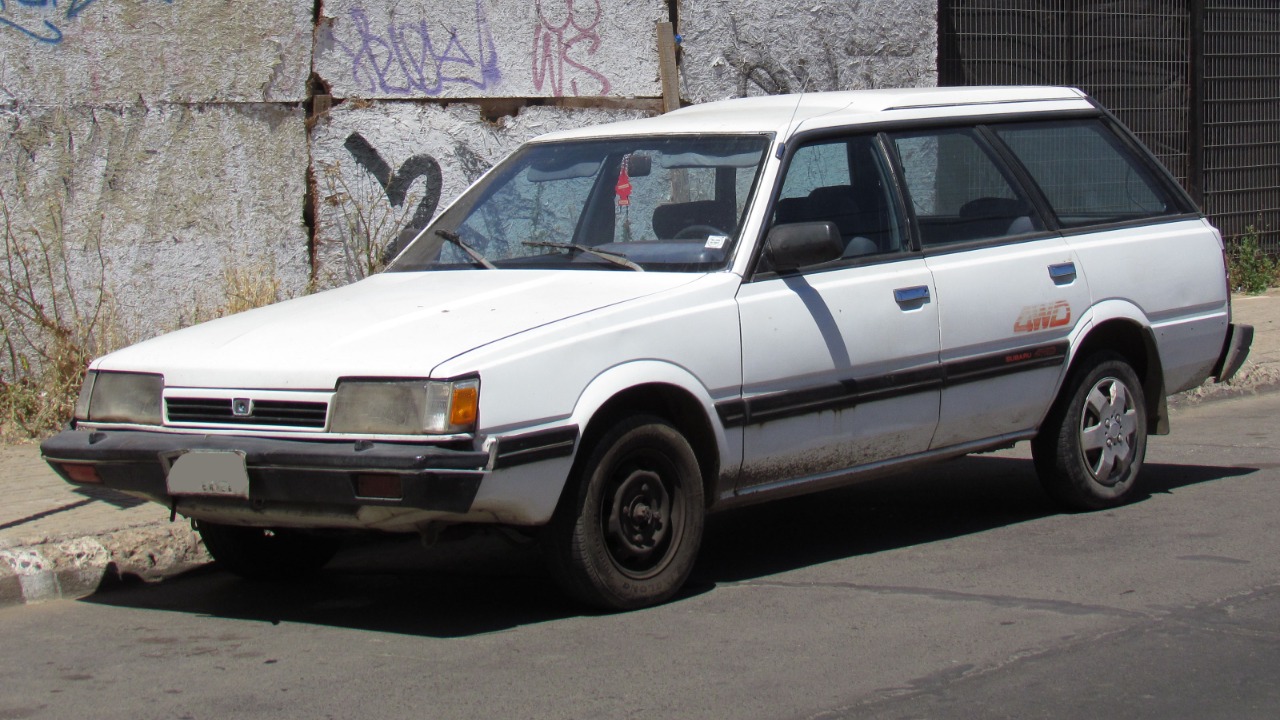
The Subaru GL Wagon is a testament to the brand’s commitment to crafting durable, all-weather vehicles. Introduced in the late 70s, the GL Wagon quickly became known for its ruggedness and all-wheel-drive capability. It could tackle snow-covered trails with ease, making it a popular choice in regions with harsh winters.
Powered by a dependable flat-four engine, the GL Wagon offered both efficiency and reliability. Although it may not boast the most luxurious interior, its utilitarian design and go-anywhere spirit have ensured its place in the hearts of those who appreciate vintage Subarus.
Mercedes-Benz W123 Estate
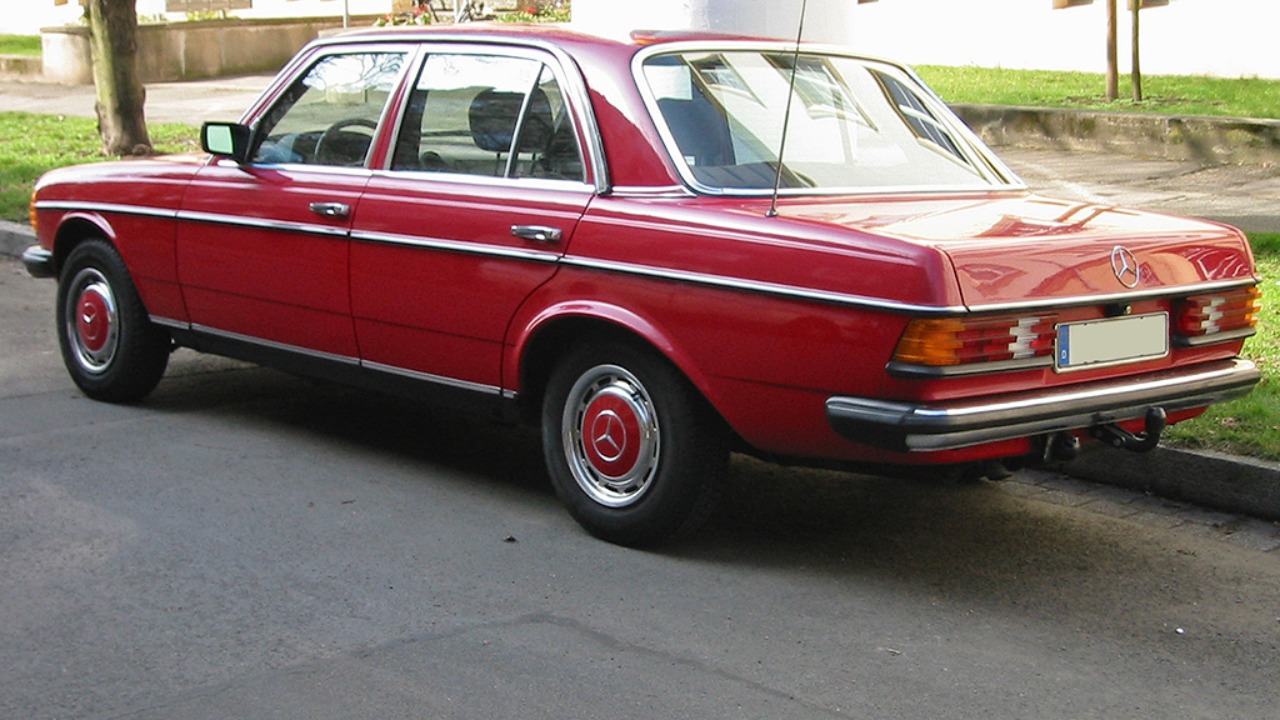
The Mercedes-Benz W123 Estate is perhaps the epitome of German engineering excellence. Built between 1976 and 1985, the W123 is renowned for its bulletproof diesel engines and timeless design. Many of these wagons have surpassed the million-mile mark, testament to their durability.
With a spacious interior and a smooth ride, the W123 Estate catered to those seeking both luxury and practicality. Its high-quality materials and meticulous craftsmanship have made it a favorite among collectors and enthusiasts who value both performance and elegance.
AMC Eagle Wagon
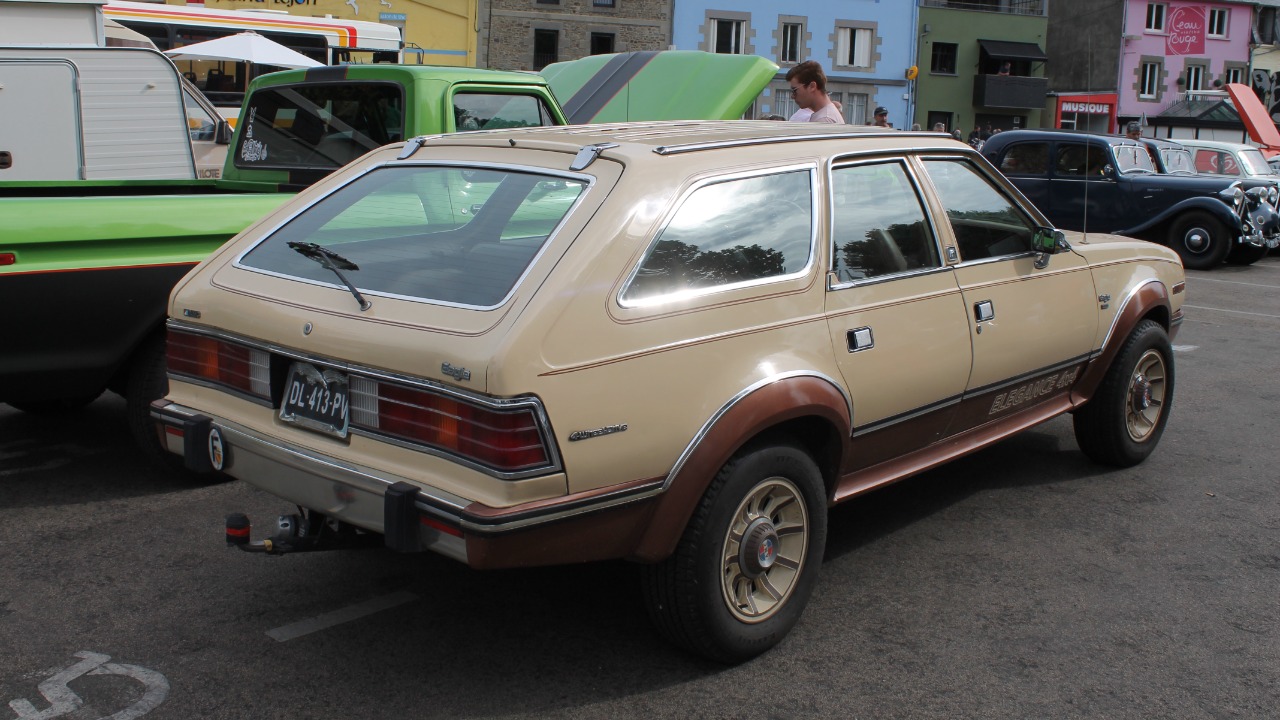
The AMC Eagle Wagon is often credited as one of the pioneers of the crossover segment. Launched in the late 70s, it combined the practicality of a wagon with the off-road capability of a 4×4. Its rugged construction and raised suspension allowed it to handle rough terrains with ease.
Equipped with a reliable inline-six engine, the Eagle Wagon offered a unique blend of versatility and durability. Its innovative design paved the way for future crossover vehicles, and its legacy as a trailblazer in the automotive world is well-deserved.
Ford Country Squire
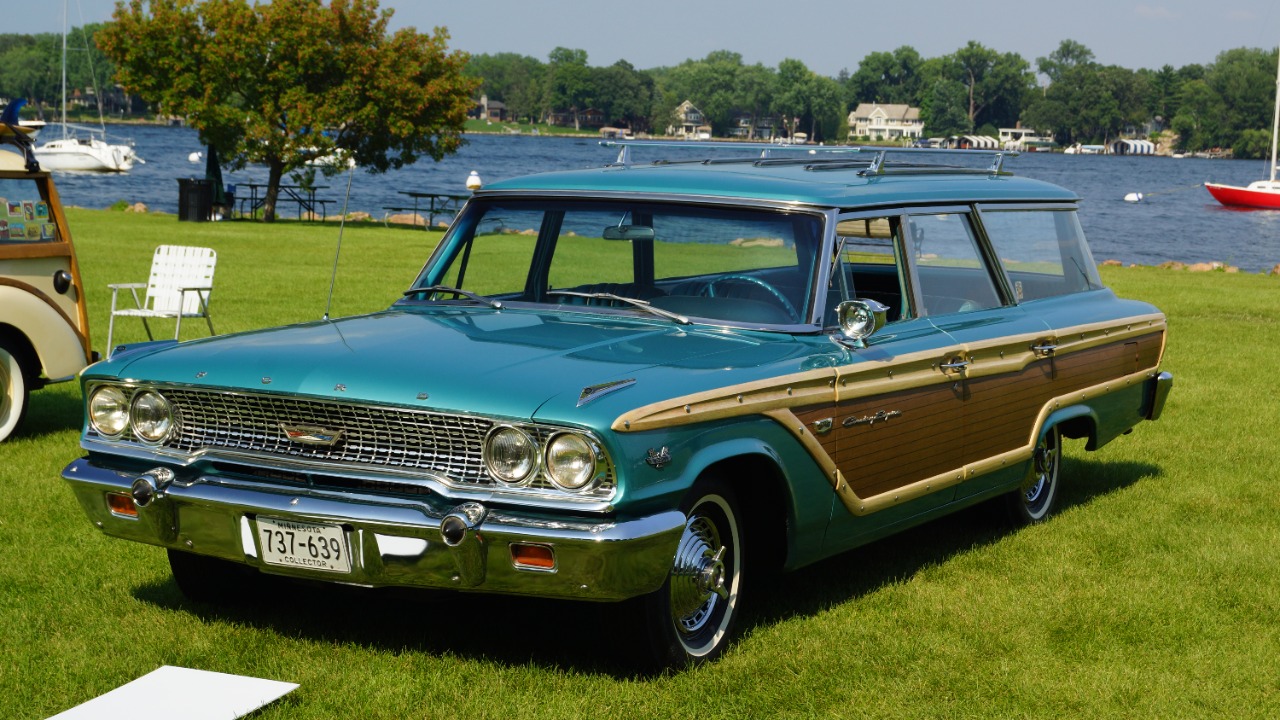
The Ford Country Squire embodies the classic American station wagon. Introduced in the 1950s, it featured distinctive wood-paneling and a spacious interior perfect for family road trips. Over the years, it evolved while retaining its iconic status.
Powered by a range of V8 engines, the Country Squire offered a smooth and comfortable ride. Its large cargo area made it ideal for hauling everything from luggage to camping gear. Even today, it evokes feelings of nostalgia for those who remember the golden age of American road travel.
Saab 95 Wagon

The Saab 95 Wagon, with its quirky design and innovative features, captures the essence of Swedish engineering. Produced from the late 50s to the mid-70s, it featured a unique three-cylinder, two-stroke engine that set it apart from its competitors.
Despite its compact size, the 95 Wagon offered surprising versatility. Its fold-down rear seats allowed for increased cargo space, while its front-wheel-drive system provided stability on snowy roads. The Saab 95 remains a beloved classic for those who appreciate its unconventional charm.
Oldsmobile Vista Cruiser
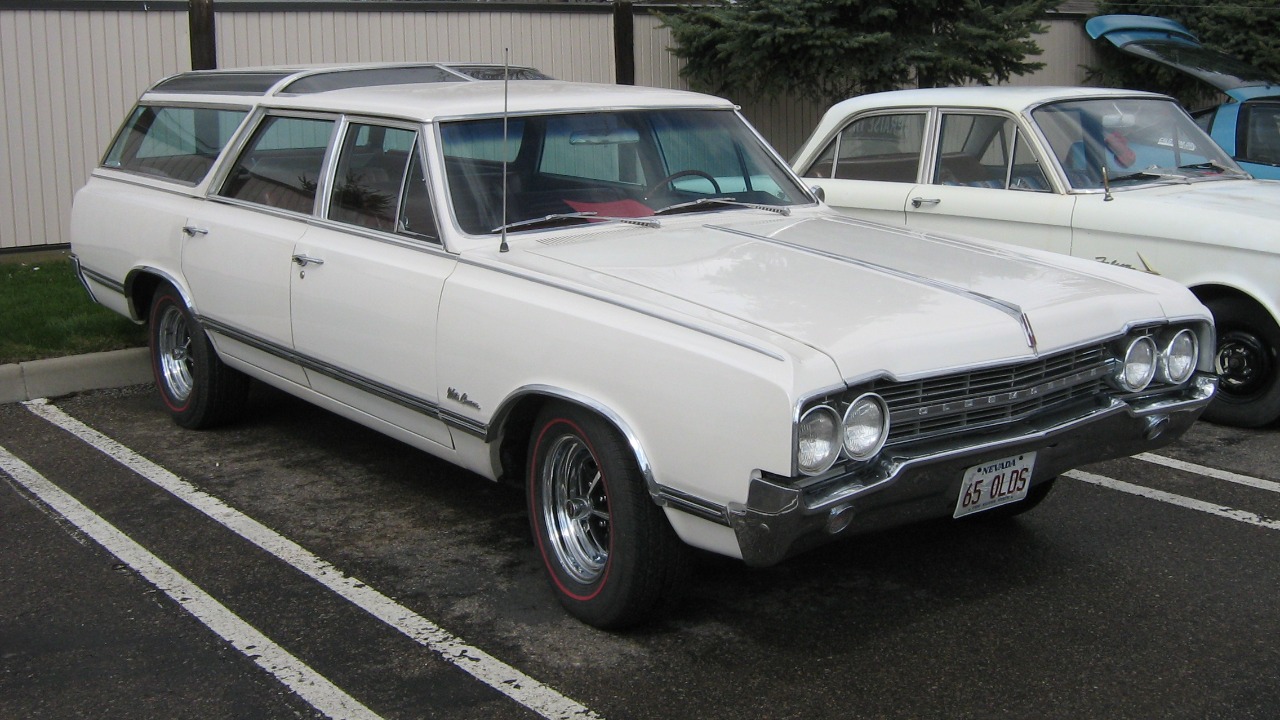
The Oldsmobile Vista Cruiser is a hallmark of 60s and 70s automotive design, known for its distinctive raised roofline with skylights. Its spacious interior and powerful V8 engine made it a favorite for family outings and cross-country adventures.
With a reputation for reliability, the Vista Cruiser was often seen as a dependable family vehicle. Its unique styling and practical features have cemented its place in history as one of the most iconic American station wagons.
Toyota Tercel Wagon
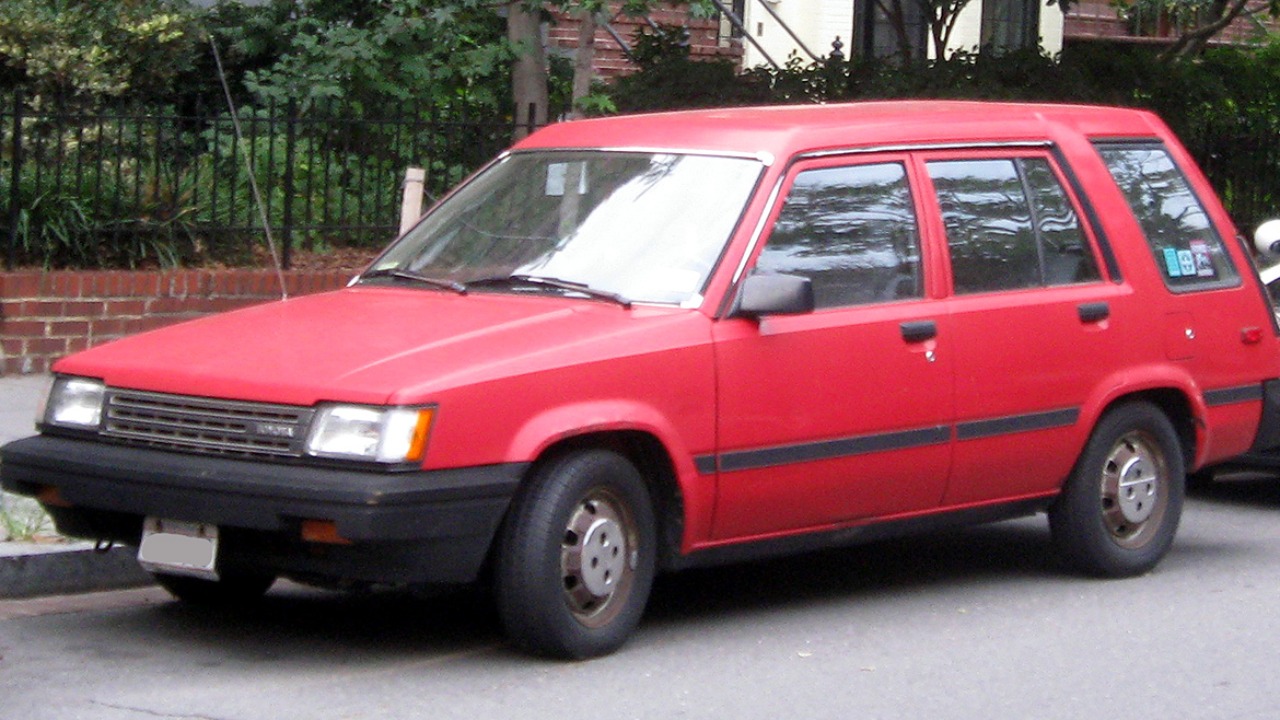
The Toyota Tercel Wagon may not be the flashiest on this list, but its practicality and durability are hard to match. Produced in the 80s, it offered a compact and efficient option for those seeking a reliable wagon.
With its economical four-cylinder engine and available four-wheel-drive system, the Tercel Wagon was well-suited for both urban commuting and light off-road adventures. Its simplicity and ease of maintenance continue to make it a popular choice for those who value function over form.